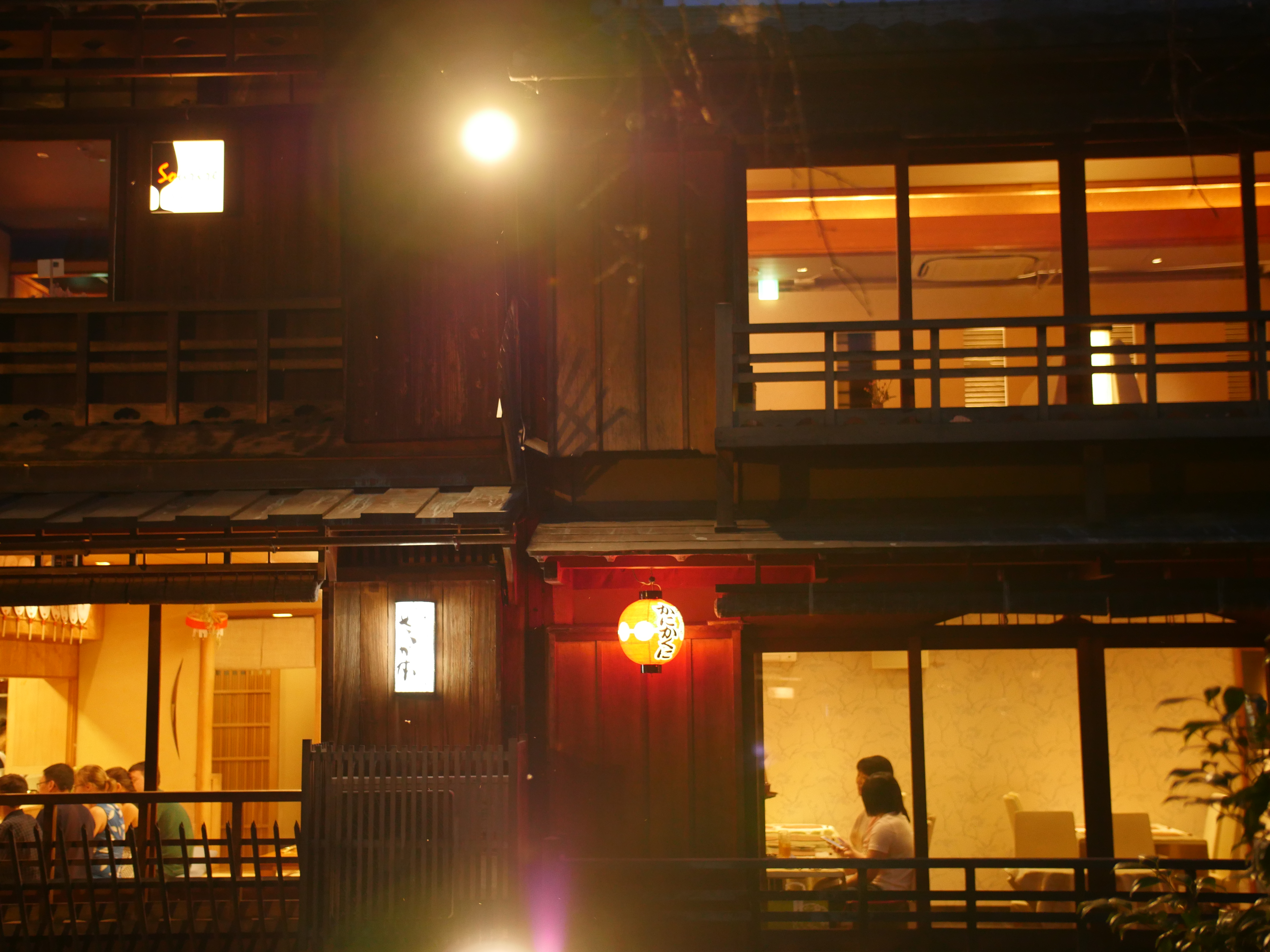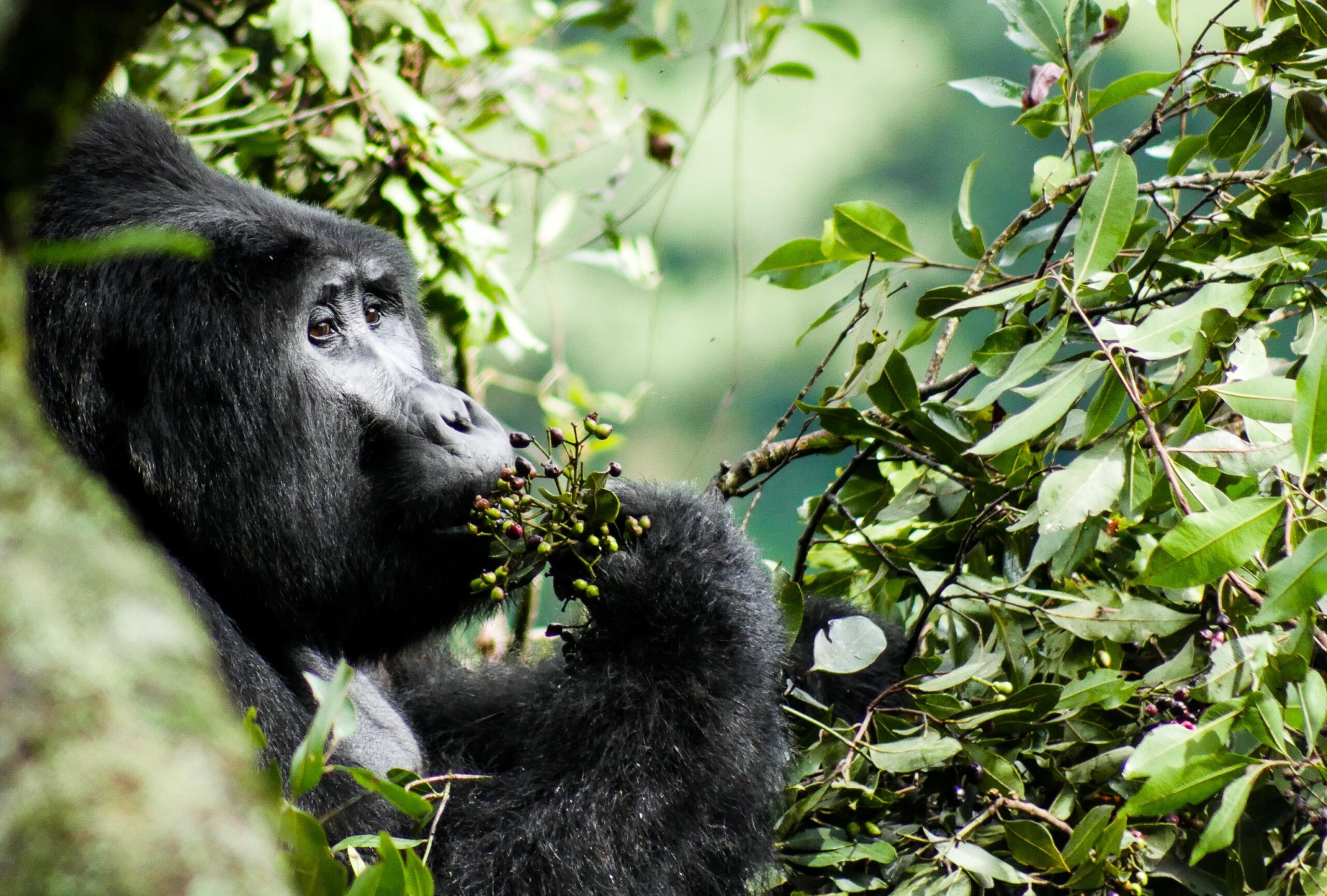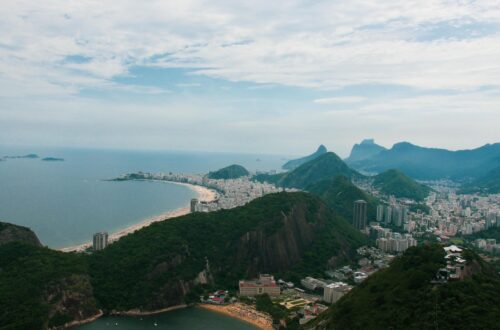
2 weeks in Japan
For a European Japan is a truly fascinating country. It is both very western but also deeply rooted in its ancient history and profoundly different and confusing. But always very interesting, and never boring!
Two weeks is not enough to get to know Japan, but it is a start and gives you a taste of the country. Our itinerary took us to some of the most interesting parts of Japan, but there are still more to see and I hope to go back soon! We visited in summer, and Japan in summer is HOT! Next time I will be visiting in spring (to see the cherry blossoming) or in autumn.
Tokyo
We started off in Tokyo, and stayed close to Shinjuku railway and tubestation. A convenient location, and you have everything you need close by. The choice and range of hotels here is good, and the department store Takashimaya is close by. I never turn down good shopping! A japanese fun fact: You do not need to bring pajamas, every hotel we stayed in provided pajamas for their guests (and we stayed in mid range hotels on this trip, so I assume this is what japanese hotels do.)
So: What to do in Tokyo?
The easiest way to get around is by the tube, so get a tube app before you go. The tube is easy to use, safe and efficient. If not, taxis are a charming means of transportation, with taxi drivers dressed in company livery and wearing hat and gloves. Most taxi drivers do not speak English, or very little English, so be sure to bring a card with the address written in Japanese.
On our first day we had booked a tea ceremony at the Hotel Imperial. They have a tea ceremony room inside the hotel. We were five people, and had a ceremony all for ourselves. The room was beautiful, with the calm atmosphere associated with tea ceremonies, and two lovely Japanese elderly women, dressed in beautiful kimonos, did the ceremony. It was a nice experience, and gave us a little insight into Japanese culture, although I must admit that neither the tea nor the excessively sweet cakes we were given to eat was to my liking.
Afterwards we had lunch at the hotel: Lovely food, lovely staff, lovely hotel; the only thing not to love is the prices – because this is one of the more expensive hotels in Tokyo!

We visited Harajuku – fun for teenagers, with lots of shops catering mostly to teenage girls, and there we stumbled upon one of the Cat cafés you might have heard about? For a European it was a truly strange experience – but also a little bit understandable- for never have I seen so few cats and dogs in any country! The cats in the café were lovely, and easy to pet, but nevertheless it was a strange experience and I wondered afterwards if the cats were drugged – they were very docile, but well looked after.
One of the musts in Tokyo is the gigantic pedestrian crossing in Shibuya. It seems much smaller in reality than what you see in pictures, and after crossing you should try to see it from above, from one of the buildings surrounding it. That is were you get your nice pictures. Thinking back it wasn’t nearly as chaotic as I thought it would be, and we crossed without incident. Shibuya is also the station were you find the statue of Hichiko, the dog who waited faithfully for years for his dead owner to return.

The fish market is also on the must see list, although we were not very impressed, and it is not a place I will return to. It might have to do with me not being a fish lover…But what truly impressed me, and where I definitely will be going back is to the exquisite Tokyo National Museum. It shows a wide range of Japanese artifacts: swords and weapons, Kimonos and other clothing, ceramics, sculpture and prints. And the charming netsukes. If you don’t know what a Netsuke is, I recommend the book: The hare with amber eyes, by Edmund de Waal. Actually, I recommend it anyway; it is a beautifully written book about family, history, loss and a collection of Netsuke. (A netsuke is « a small sculptural object which has gradually developed in Japan over a period of more than three hundred years. Netsuke (singular and plural) initially served both functional and aesthetic purposes.» (International netsuke society – https://www.netsuke.org/page-1125375)And the museum has the best museum shop ever! The museum is big, and you can and should spend hours here.
The imperial gardens is also a must see – big, green and impressive. And if you want good views of this megacity I recommend the Metropolitan Government Building in Shinjuku. On a clear day you can see mount Fuji from here.
Totally by chance we found second hand shopping chain Komehyo, which have three stores in Tokyo, and also stores in Nagoya, Osaka, Saitama and Yokohama. With a little luck you can find your dream bag here (or clothing, or jewelry). Nicer shopping can of course be found in Ginza.
But Tokyo is not the only city worth visiting in Japan. Going by train (Shinkansen) is an efficient way to go from town to town, and you also get to see more of the landscape. I love taking trains. It is comfortable, relaxing and it’s nice to see how the landscape and scenery varies. Be sure to buy your JR pass before you go to Japan. It is well worth the expense, as it saves you money when going by train.
Hiroshima
We took the Shinkansen to Hiroshima. And the Shinkansen is an experience on its own. From the highly organized way to get on (exactly were to stand is marked on the railway platform, and the train stops exactly were it is supposed to) to the uniformed and polite personnel who bows entering and leaving the wagons. Try to get seats on the right side of the train, because then you might see mount Fuji. Hiroshima city in itself is not very impressive, but it is a place you need to visit. The Hiroshima Peace Memorial Park is, for obvious reasons, a must see, and it will leave its mark on you. It is made with dignity and tells the story of the bombing of Hiroshima in a subtle and dignified way. What I remember best is the exhibition showing the decision process towards the bombings, and the recorded testimonials of the victims. It is something I will never forget and made for a thoughtful day. We spent two nights in Hiroshima – visiting the Peace Memorial Park the first day. We also made time for the Shukkei-en, a garden that tries to re-create grand vistas in miniature. We also visited Hiroshima- Jô, rebuilt after being destroyed by the bomb. It’s a castle behind an impressive moat, and was very peaceful when we visited. If you are interested in cars, the Mazda museum offers a chance to see the 7km assembly line, with English-speaking tours.
But what I would strongly recommend when you are in Hiroshima, is taking a Trip to Miyajima. Never heard about it before? Well, neither had I, but this peaceful, small island, on the Unesco world heritage list is one of Japan’s most visited tourist sites. Its Torii (shrine gate) seems to float above the waters, and you have probably seen a photo of it.
Miyajima is a sacred island, and commoners could not set foot on the island itself. Because of this the shrine Itsukushima-jinja has a pier-like construction surrounded by water (or mud, if at low tide). When we were here we witnessed both a wedding and a religious ceremony, and it was nice to see that this is still a holy place.
There are more temples to see on Miyajima, I recomend the Senjo-Kaku and and the colorful 5 story pagoda close by. On Miyajima I bought myself a japanese temple stamp book, a Goshuin notebook, a great souvenir idea. You should do this in the first temple you visit. You give the book to a monk at the temple, usually in a little booth inside the temple. The monk will write the name of the temple and date in Japanese calligraphy, and then stamp your book with the temple’s red stamp. Often you pay a little for this. At the next temple you’re visiting, you get another stamp. The book unfolds like an accordion, and at the end of your trip you will have a beautiful souvenir from all the temples you’ve visited.
Another surprising thing about Miyajima were the deer that were almost everywhere, looking for stuff to eat. Beautiful, but surprisingly cheeky and a little bit scary if you’re not used to deer close up trying to see if there’s anything edible in your bag. Makes for good pictures though!
Kyoto

Next on our itinerary was of course Kyoto, a must see on any tour of Japan. You’ll find shrines, temples, gardens and geishas here. Kyoto has 17 Unesco World Heritage Sites, over 1600 Buddhist temples, and more than 400 Shinto shrines, so you do not need to be bored! In this city you should consider staying in a traditional Japanese inn, a ryokan. Preferably a ryokan with an onsen bath. The rooms will be Japanese in style, probably with tatami mats and sliding doors, and many ryokans serve traditional kaiseki cuisine. Staying in a ryokan you will really get a sense of Japanese culture. Many ryokans have an onsen bath (hot spring bath) and you should choose one of these to also experience this part of japanese culture. I am not a big fan myself, the bath is really hot, but then again I don’t like saunas either. But I do not regret trying it out!
First up on our sightseeing circuit was famous Kinkaku-ji, the Golden Pavillion, one of Japan’s best known sights. The main hall is covered in gold leaf, hence the name, and the setting is beautiful, the pavilion sits by a little lake. To avoid crowds go early in the morning or just before closing on weekdays. We continued in taxi to the Ryôan-Ji, with its much-photographed famous rock garden, actually one of the symbols of Kyoto. Very peaceful and contemplative, even with lots of other photographing tourists, the atmosphere was serene.

After seeing the Golden Pavilion we felt obliged to also see the Silver Pavilion, the Ginkaku-ji. It dates from 1482 and is one of the most popular sights in Kyoto, so try to visit early or late for a less crowded experience. The Ginkaku-ji also has gardens, with raked cones of sand that maybe symbolizes mountains and a lake. There are so many different temples in Kyoto that you have to choose which to visit and which to skip. After the Ginkaku-ji, we took the Philosophers walk to the Eikan-do. This temple is famous for its autumn foliage, which is said to be astounding. And it is one of my absolute favorite temples. Founded in 855, it has a varied architecture, nice gardens and beautiful works of art. You will find exquisite Japanese wall paintings of landscapes and tigers.
But all your time in Kyoto cannot be spent gazing at old temples. You also need to wander and get lost in Gion, the entertainment and Geisha quarter. The Hanami-Koji is lined with traditional restaurants and establishments for Geisha entertainment. The Shimbashi is known as one of Kyotos most beautiful streets. You will see geishas, or what you believe to be geishas, but most will be tourists like you, dressed in rented kimonos. Either way, you will get your photos of Japanese ladies in kimonos.

Arashiyama Bamboo grove
We also found time to see the Arashiyama Bamboo grove. Not too big, but it is difficult to get a handle on its size – the bamboo stalks stretch on forever, the light has a strange quality to it, and the feeling is magic.
Nara
If you have time, you should make room for a day trip to Nara. It is the perfect size for a day trip, and has lots of things to see. Nara has eight Unesco World Heritage sites, and it is in Nara that you find the bronze Daibutsu (the great Buddha) housed in the huge Todai-ji. The Dibutsu-den hall is said to be the largest wooden building in the world. The Nara-koen is a park on the eastern part of the city, and it is home to over 1000 free-roaming deer as well as many of the important temples (like the Todai-Ji). In pre-buddhist times the deer were thought to be messengers of the gods, and now they are regarded as national treasures. They are always looking for food, in your bags and pockets, and you should buy «shikasembei» or deer biscuits from one of the many vendors so you can feed them.

There are so many more interesting places to discover in Japan, so let this be an inspiration for finding your Japan-itinerary. Happy travels!



You May Also Like

A guide to backpacking Brisbane
January 17, 2020
Travel story: meeting gorillas
November 10, 2020